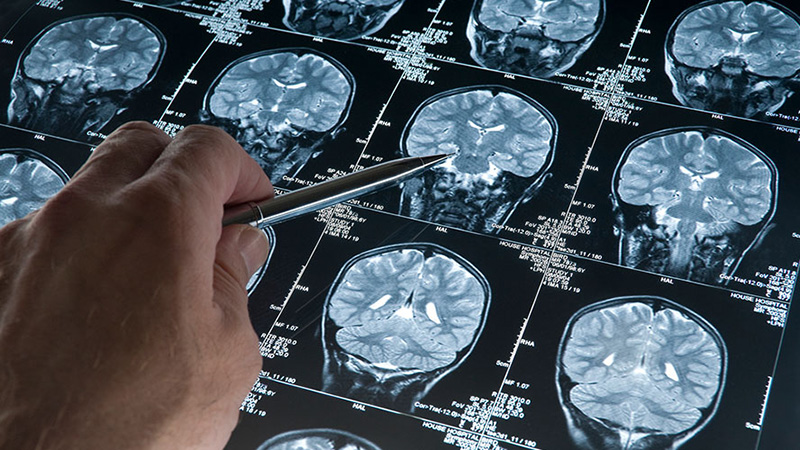Link Between Structural Changes and Neuropsychiatric Symptoms Found in Neurodegenerative Diseases
Images

Links between structural changes in the brain and neuropsychiatric symptoms of various neurodegenerative diseases have been identified by researchers at UHN's Krembil Brain Institute.
Neuropsychiatric symptoms, such as depression, anxiety and hallucinations, can pose a tremendous burden for people living with neurodegenerative diseases, as well as their families and care partners.
A research team led by Dr Carmela Tartaglia, a clinician investigator and cognitive neurologist at UHN's Krembil Brain Institute, set out to clarify the neural basis of these symptoms and how they differ across conditions, including Alzheimer disease and Parkinson disease.
The researchers analyzed brain imaging and clinical data from more than 510 adult men and women who participated in the Ontario Neurodegenerative Disease Research Initiative – a program focused on advancing our understanding of neurodegenerative diseases to improve diagnosis, treatment and health outcomes.
They found that neuropsychiatric symptoms were common across all conditions studied, with depression being the most prevalent. The highest symptom burden was seen in frontotemporal dementia – a group of disorders that primarily affect brain areas involved in cognition, memory, emotional control and other complex behaviors.
They also found that neurodegenerative conditions had distinct symptom profiles. For example, anxiety was more common among people with frontotemporal dementia, whereas symptoms of psychosis, such as hallucinations, were more common in people with Parkinson disease.
In parallel, the team examined how these symptoms relate to changes in brain structure.
Most studies of neurodegenerative diseases focus on the impact of brain shrinkage, but these conditions are also commonly linked to abnormalities in the brain's white matter – the bundles of nerve fibers that connect different brain regions.
"White matter changes warrant further investigation because they can indicate cerebrovascular disease –a condition that disrupts blood flow in the brain, such as stroke – which can play a role in neurodegeneration," explains Miracle Ozzoude, a former research analyst in Dr Tartaglia's lab and the first author of the study.
Upon analyzing their imaging data, the researchers discovered a stronger link between symptom burden and brain shrinkage across all conditions studied. Additionally, the team identified subtle links to changes in white matter.
"This is an important development because it suggests that cerebrovascular disease might be a contributing factor to neuropsychiatric symptoms," says Miracle, who is now a PhD student at the University of Edinburgh. "However, more research is needed to confirm the exact impact of white matter changes on these symptoms."
Given that cerebrovascular disease is preventable, this finding suggests that implementing lifestyle changes, such as diet, exercise and medications that improve blood flow, could help reduce symptom burden and enhance quality of life.
Due to their high prevalence across neurodegenerative diseases, it's important to study the importance of studying neuropsychiatric symptoms in future research, says Dr Tartaglia, who is also the Marion and Gerald Soloway Chair in Brain Injury and Concussion Research and Director of the Memory Clinical Trials Unit at UHN.
"These symptoms are often responsible for patient institutionalization and caregiver burnout," says Dr Tartaglia, associate professor at the Tanz Centre for Research in Neurodegenerative Diseases at the University of Toronto. "Learning more about their presence and severity can provide valuable insights into the disease processes occurring in the brain."